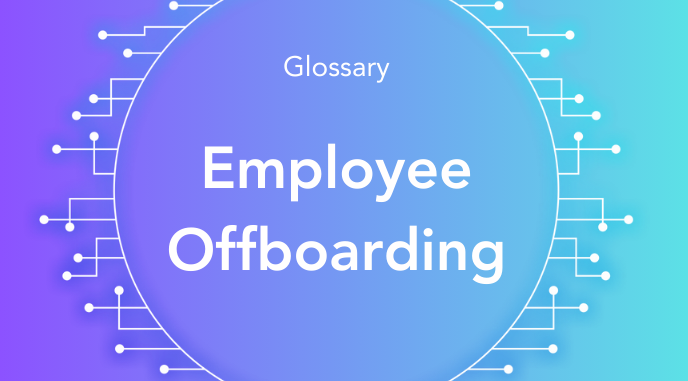- Glossary
Employee offboarding is the structured process that manages the departure of employees from an organization. This process includes all the activities and procedures involved in effectively separating an employee from the company, whether due to resignation, retirement, layoffs, or termination. Effective offboarding is essential for ensuring a smooth transition, maintaining security, preserving organizational knowledge, and leaving a positive last impression on departing employees.
Steps in the Offboarding Process:
-
Notification and Documentation: Begin with a formal resignation letter or termination notice and conduct an exit interview.
-
Knowledge Transfer: Ensure key responsibilities and projects are documented and duties are handed over to a successor.
-
Administrative Tasks: Process the final paycheck, discuss benefits, and outline any severance package details.
-
System and Access Management: Disable access to company systems and collect company property.
-
Legal and Compliance: Remind the employee of NDAs and non-compete clauses, ensuring compliance with labor laws.
-
Communication: Inform the team and relevant departments of the departure, and notify clients if necessary.
Benefits:
Effective offboarding protects company data and intellectual property by revoking access and retrieving company assets. It ensures smooth handover of responsibilities to maintain productivity and project continuity. Insights gained from exit interviews can help improve employee retention and workplace culture. A well-managed offboarding process leaves a positive impression on departing employees, who may become future advocates or return as boomerang employees. Additionally, it ensures that all legal and regulatory requirements are met, helping to avoid potential disputes.

.png?width=50&height=50&name=Team%20HONO%20logo-01%20(1).png)



